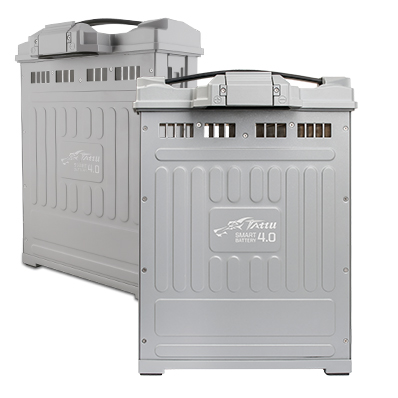The Rise of the Low-Altitude Economy: Transforming Skies into Economic Powerhouses
The Rise of the Low-Altitude Economy: Transforming Skies into Economic Powerhouses
Imagine ordering lunch on your phone and having it delivered not by a courier on a bike, but by a drone soaring through the sky. In just a few minutes, you pick it up from a designated smart locker — contactless, fast, and futuristic. This is not science fiction, but a glimpse into the rapidly developing world of China's low-altitude economy. In 2023, its scale exceeded ¥500 billion ($69 billion USD), with projections pointing to ¥2 trillion ($275 billion USD) by 2030.This blog will delve into the burgeoning world of China's low-altitude economy, exploring its current applications, the technological forces driving its ascent, the challenges it faces, and what the future holds for this "blue ocean" market.
What Is the Low-Altitude Economy?
The low-altitude economy refers to economic activities based on low-altitude flight by both manned and unmanned aerial vehicles. It spans a wide range of sectors, from drone logistics and urban air mobility (UAM) to aerial surveillance and smart agriculture. China's Civil Aviation Administration defines low-altitude space as below 1,000 meters, offering significant potential for innovation and commercialization. This sector isn’t just about drones — it’s a convergence of advanced technologies including electric vertical take-off and landing aircraft (eVTOL), 5G communication, artificial intelligence, sensor networks, and smart infrastructure.
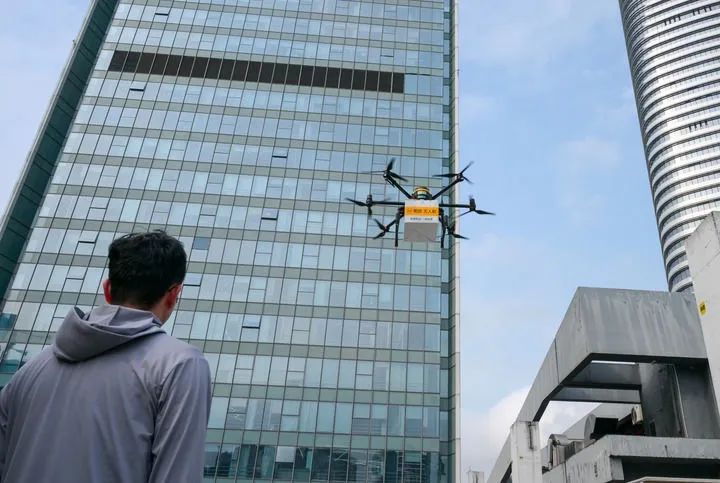
From Deliveries to "Flying Taxis": A New Reality in Motion
Across China, the sky is becoming a new frontier for innovation, with "Low-Altitude+" applications transforming logistics, transportation, and public services.
1. Urban Logistics and Delivery
In Shenzhen, Meituan's drone delivery service has already established around 30 routes, completing over 300,000 orders for everything from meals to electronics. This system drastically cuts delivery times from 30-40 minutes to just a fraction of that, boosting efficiency to a point where a single courier, aided by drones, could potentially handle 300 orders a day, up from an average of 30. Similarly, Fengyi Technology, a subsidiary of SF Express, operates 448 drone routes across diverse terrains, from plains to mountains, providing services like express delivery, emergency rescue, and medical transport.
2. Passenger Transport
The dream of hailing an "air taxi" is already taking flight. In April, the Greater Bay Area's first low-altitude passenger route was launched, connecting Shenzhen and Zhuhai. This helicopter service reduces a two-hour car journey to a mere 20-minute flight. In the Yangtze River Delta, a daily helicopter service now connects Shanghai's Pudong Airport with Kunshan, Jiangsu, turning a lengthy commute into a 20-minute flight.
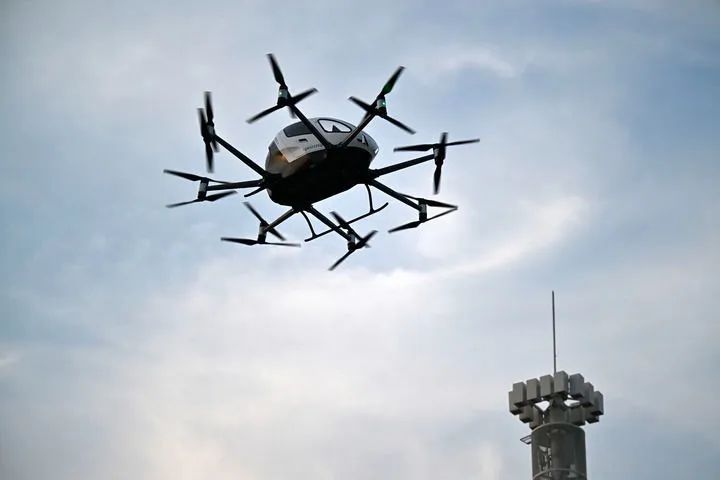
3. Agriculture and Rural Development
In rural areas, drones are revolutionizing agriculture. Over 166,700 plant protection drones are in use across China, supporting tasks like pesticide spraying, crop monitoring, and soil analysis. These drones reduce pesticide use by 20–40% and conserve water, while “drone + sensor + big data” systems create detailed agricultural maps to optimize yields. From Northeast rice fields to Xinjiang cotton farms, drones are boosting efficiency and sustainability, managing China’s 1.9 billion mu (127 million hectares) of farmland.
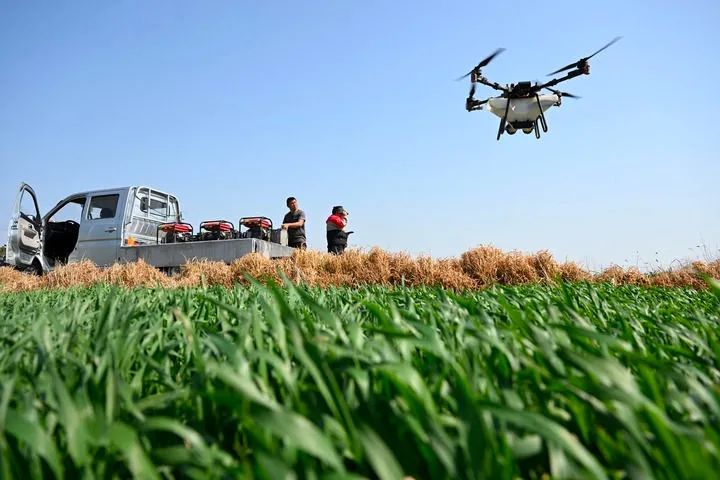
4. Infrastructure and Public Safety
Drones are enhancing public safety and infrastructure management. In Changchun, Jilin, drones patrol light rail lines, inspecting hard-to-reach areas like rooftops and underpasses in just 10 minutes—tasks that once took hours. Hangzhou and Baotou have deployed “drone police” for traffic management, accident response, and crowd control, leveraging drones’ mobility and flexibility. In Xinjiang, drones inspect high-voltage power lines, ensuring reliable energy supply in remote regions.
Why Now? The Catalysts Driving Growth
The low-altitude economy’s rapid rise is fueled by a convergence of technological, policy, and market factors:
1. Technological Breakthroughs
●eVTOL Innovation: Electric vertical take-off and landing aircraft, like those developed by EHang and Fengfei Aviation, require minimal infrastructure, operate on batteries, and produce low noise, making them ideal for urban and regional use. In February 2024, a 5-seat eVTOL completed a 20-minute flight from Shenzhen to Zhuhai, a route that typically takes over two hours by car.
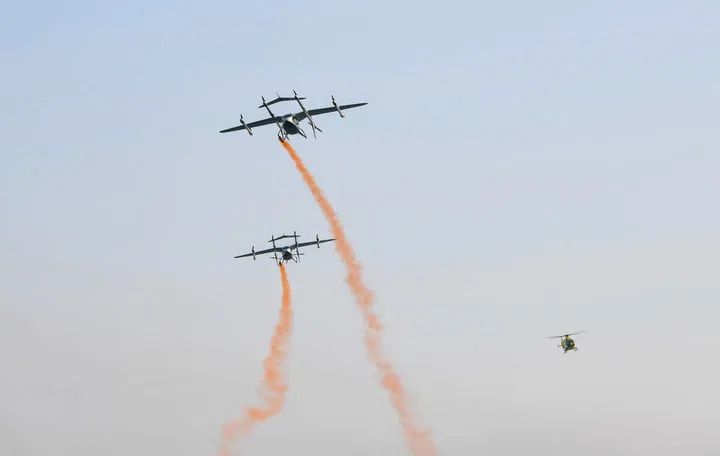
●Intelligent Networks: China’s telecom giants have built low-altitude intelligent networks using 5G, low-orbit satellites, and broadband, enabling real-time communication, monitoring, and navigation for drones and eVTOLs.
●Crossover Technologies: The booming NEV industry provides a direct technological pipeline. High-energy-density batteries, reliable electric motors, advanced electronic controls, and autonomous driving systems developed for cars are now being adapted for eVTOLs. Major automakers like XPeng, GAC, and Geely have already entered the eVTOL space.
2. Policy Support
The Chinese government has provided significant policy tailwinds. The Ministry of Industry and Information Technology (MIIT) and other departments have released ambitious roadmaps, including the
Green Aviation Manufacturing Development Outline (2023-2035) and the General Aviation Equipment Innovation Application Implementation Plan (2024-2030). These plans set clear goals:
●By 2027: Achieve commercial application of new-generation general aviation equipment in urban air transport, logistics, and emergency rescue.
●By 2030: Establish a new, intelligent, and green general aviation industry model, forming a trillion-yuan market with networks for passenger transport, drone logistics, and industrial/agricultural operations fully integrated into daily life.
3. Market Demand
Urbanization, time-sensitive consumer needs (e.g., urgent medical deliveries), and the push for sustainable solutions are driving demand. Cities like Shenzhen, Shanghai, and Guangzhou are leading the way, with over 1,700 drone-related enterprises in Shenzhen alone, generating 96 billion yuan in annual output.
Challenges: Not All Skies Are Clear
While excitement is high, several barriers remain:
●Airspace Management: China’s airspace is highly regulated. The 2023 classification system introduced G and W classes for low-altitude operations, but broader reform is needed.
●Cost and Scalability: Many drone applications are still costly and reliant on government subsidies.
●Fragmented Demand: Outside tech hubs like Shenzhen, the market lacks scale and strong use cases.
●Safety and Regulation: Safe integration of manned and unmanned flight is a top priority. Operational regulations are still evolving, and public acceptance of aerial mobility must grow.
Future Outlook: A Multi-Trillion-Yuan Opportunity
China is on track to become the world leader in low-altitude applications, with a few key focal areas:
1. Passenger Transport
Commercial eVTOLs could bring inter-city flights to the mass market, aiming for cost levels competitive with taxis.
2. Drone Logistics
Companies like SF Express’ Fengyu Technology are rolling out drone delivery networks across diverse terrains, from mountains to coastal islands.
3. Smart Agriculture
Drones are becoming indispensable for rural modernization and food security, with applications in planting, fertilization, and pest control.
4. Digital Infrastructure
“Low-altitude brains” — AI-powered command centers for managing drone traffic — will become the digital nervous system of this aerial ecosystem.
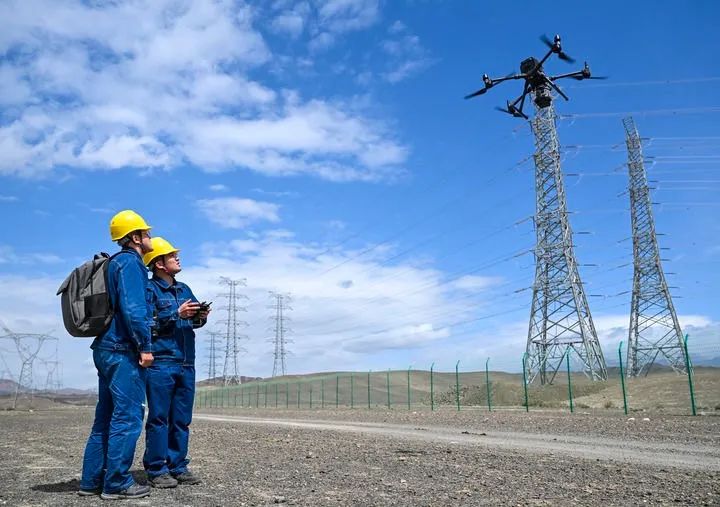
The Road Ahead: Building a Sustainable Sky Economy
To realize the low-altitude economy’s full potential, stakeholders must focus on:
●Infrastructure Investment: Develop “low-altitude brains” for unified traffic management and expand landing infrastructure, tailored to local needs (e.g., urban vertiports vs. rural drone hubs).
●Policy Refinement: Streamline airspace approvals and promote “fusion flight” to optimize resource use while maintaining safety.
●Industry Leadership: Support “chain-leading” companies in drone and eVTOL manufacturing to drive innovation and reduce costs. EHang’s 2024 production license for its EH216-S eVTOL is a milestone, with more firms following suit.
●Talent Development: Expand school-enterprise partnerships to train professionals in aviation, AI, and operations, ensuring a robust talent pipeline.
●Consumer-Centric Applications: Prioritize high-demand scenarios like medical logistics and time-sensitive deliveries to build sustainable business models.
Conclusion
The low-altitude economy is no longer a vision of the future. In select Chinese cities, it’s already part of daily life — from ordering lunch to commuting to the next province. But for this economy to truly soar, infrastructure, policy, public trust, and commercial models must all evolve in sync. By fostering innovation, refining regulations, and building infrastructure, the low-altitude economy can soar to new heights, transforming how we live, work, and move. The future is in the air—ready to take flight. At Grepow, we are dedicated to innovation from the inside out. As a premier manufacturer of UAV batteries, we are constantly pushing the boundaries of performance by developing new materials, refining our manufacturing processes, and upgrading our intelligent BMS technology. Our mission is to continuously elevate the discharge performance of batteries for the next generation of low-altitude aircraft. If you have any questions or needs, please feel free to contact us at info@grepow.com.
Related Articles
-

Powering Aerial Artistry: Grepow Battery Solutions Behind Drone Light Shows
2025-10-27 -

AI Toys Leap into Innovation: Why Battery Choice Matters
2025-09-26 -

Vatican Drone Show: Where Technology Meets Faith
2025-09-15
Related products
-

Tattu Neo Compact Smart Series Batteries For Industrial Drones
-

330Wh/kg Series Semi-Solid State High Energy Density Battery Pack
-

4.45V Ultra High Voltage Series Semi-Solid State Battery












